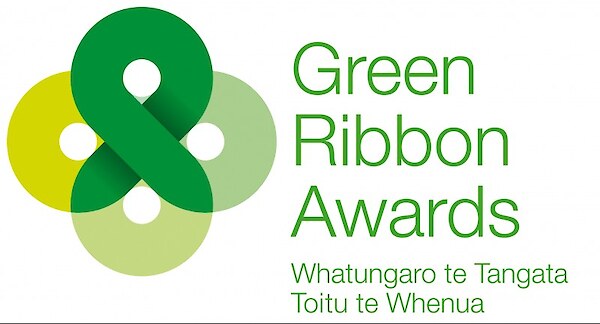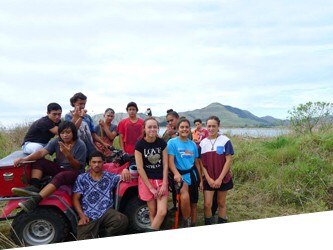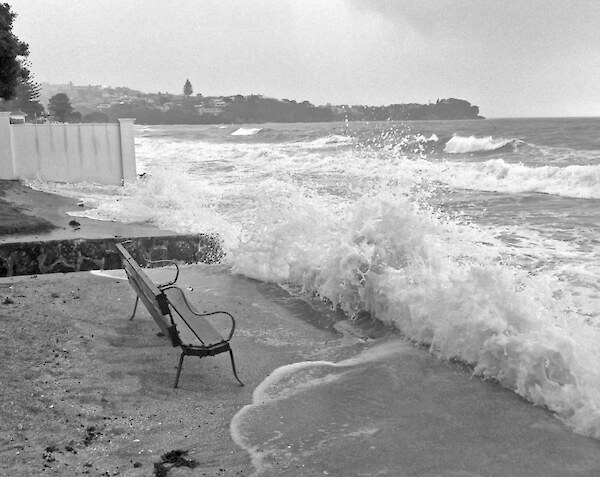Succesful Pingao Workshop held at Lincoln
A group of people got together for a pingao workshop at Lincoln on Saturday 11 June.
The workshop was part of a larger project, the aim of which is to build an ongoing, collaborative, knowledge-sharing network of iwi, weavers, scientists, social scientists and conservationists interested in the biology, ecology, conservation, restoration and traditional use of New Zealand taonga plant species. It is a collaboration between two Māori Organisations (Te Taumutu Rūnanga and Ngāti Hinewaka) and two universities (Lincoln University and Victoria University of Wellington).
Please check out their revamped website: https://pingao.wordpress.com/. Here you can find a full description of the project, the main people involved, a summary of the workshop (as well as those held in 2014), and resources such as the posters that were displayed at the workshop. They are also starting a blog under the “News” section where they will post regular updates of what they’re up to with the research side of things. If you use twitter you can also follow @buckleyhannah and @StaceyBryan3 for updates on the project.
Many people asked about how to get copies of the Coastal Restoration Trust information booklets. These are available through the following website: http://www.scionresearch.com/general/publications/reports/coastal-dunes. There is similar information available on our Coastal Restoration Trust Websites. Specifically check out these articles that are part of our handbook for dune restoration:
7.3 Pingao - Ecology (PDF, 5.06 MB)
7.4 Pingao - Establishment (PDF, 6.30 MB)
7.5 Sustainability for Weaving (PDF, 4.89 MB)
Please note it is really important that any pīngao you are planning to plant are ecosourced. That is, the seed must come from the area that you want to plant in. This is so essential for maintaining the high degree of genetic diversity among pīngao populations. Keep in mind that plants from other parts of New Zealand may not grow as well in a different place and if they interbreed with the existing populations, this may also affect their health. If you are interested in restoring your local pīngao population, please get in touch with your local Council or Coastal Restoration Trust representative, because they can advise you on how to do this best.
Posted: 20 June 2016 in the News category



